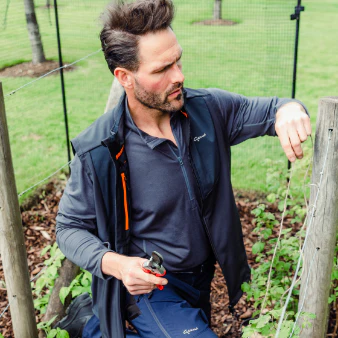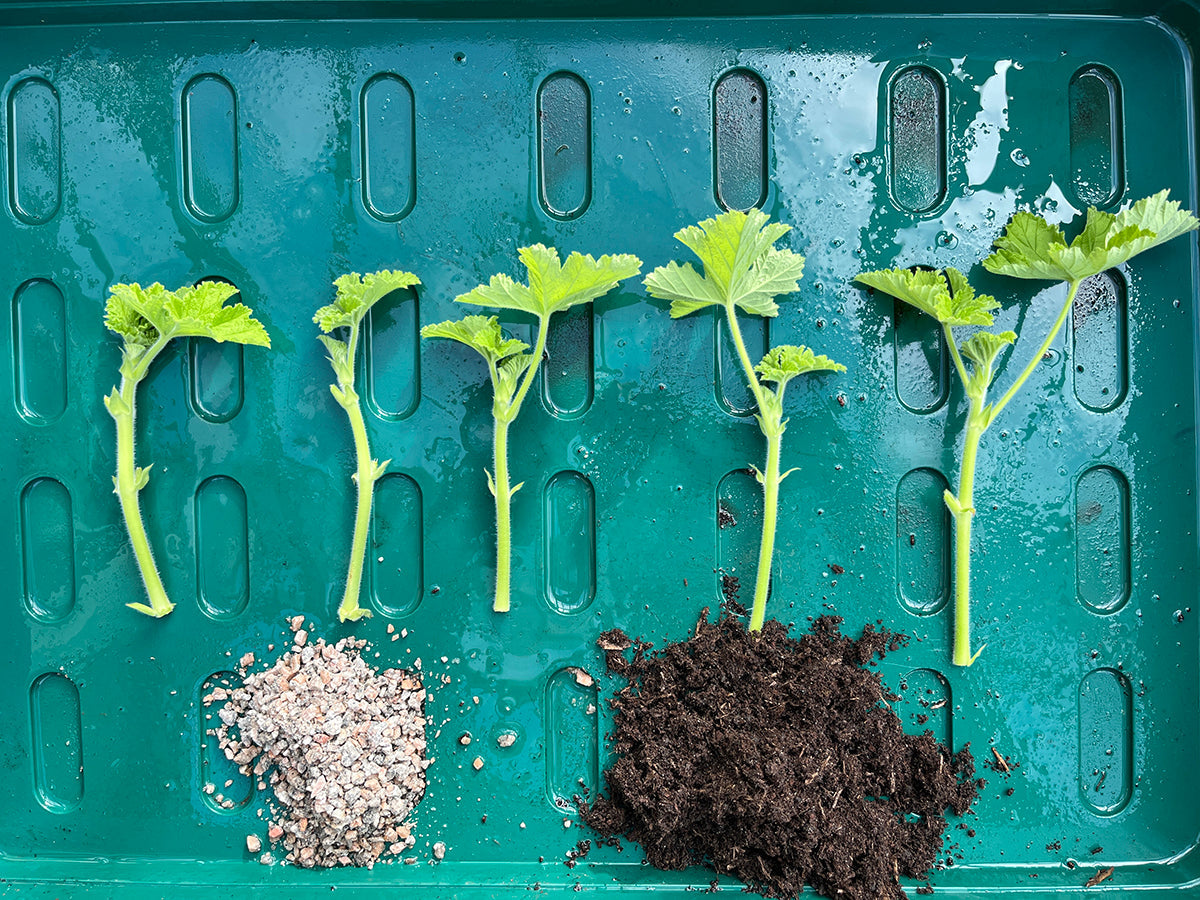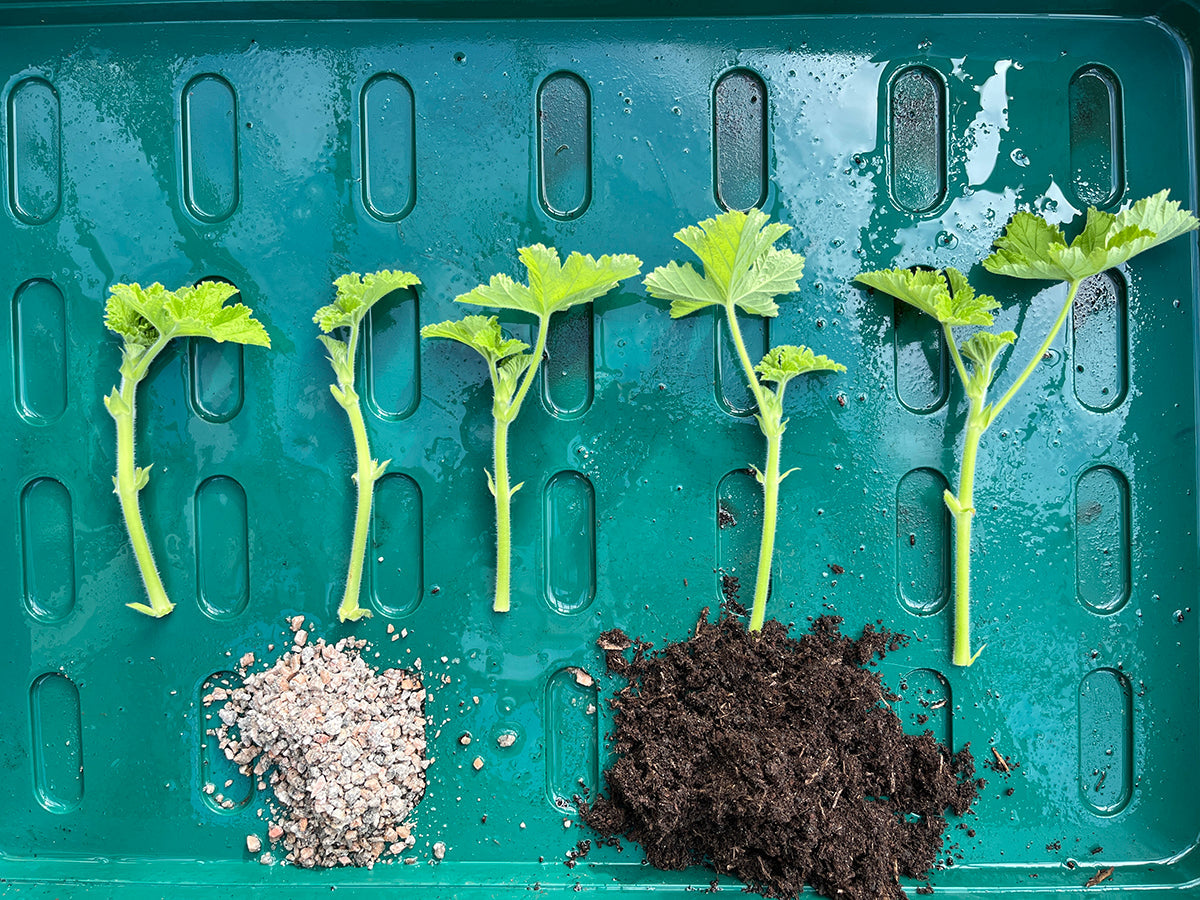Mistaken identity

Question: When is blackthorn not blackthorn?
Answer: When it’s cherry plum aka myrobalan plum and more formally known as Prunus cerrasifera (pictured).
It’s a common theme at this time of year to be excitedly informed of early blackthorn blossom “in the hedge down the lane beyond the church”. That stretch is always early, and there’s a reason for it - Mistaken Identity.
Cherry plum is almost always the first blossom to appear in the country hedgerows. With five white petals, pale stamens, and cream coloured anthers it's no wonder that there is confusion between the two. They’re cousins after all, both belonging to the genus Prunus.
There are subtle differences however, which should lead you to an accurate identification. Cherry plum has fuller petals than blackthorn and its sepals reflex or turn backwards, and the leaves often appear at the same time as the flowers. The flower stems are longer and the surrounding twigs and stems display more green in their colouration. There also tends to be a lack of thorns though there may be a few.
Blackthorn always looks rather stiff, and doesn’t have leaves when it’s in flower. As its name suggests it has large thorns and very dark side shoots that stand at 90 degrees to the main stem. Blackthorn is often used as a seasonal indicator in citizen-science projects to monitor the start of spring and it’s therefore important that the plant is correctly identified.
Add other early blossom such small damson, large damson, plum, and bullace to the mix and the seasons will never know if they’re coming or going.











